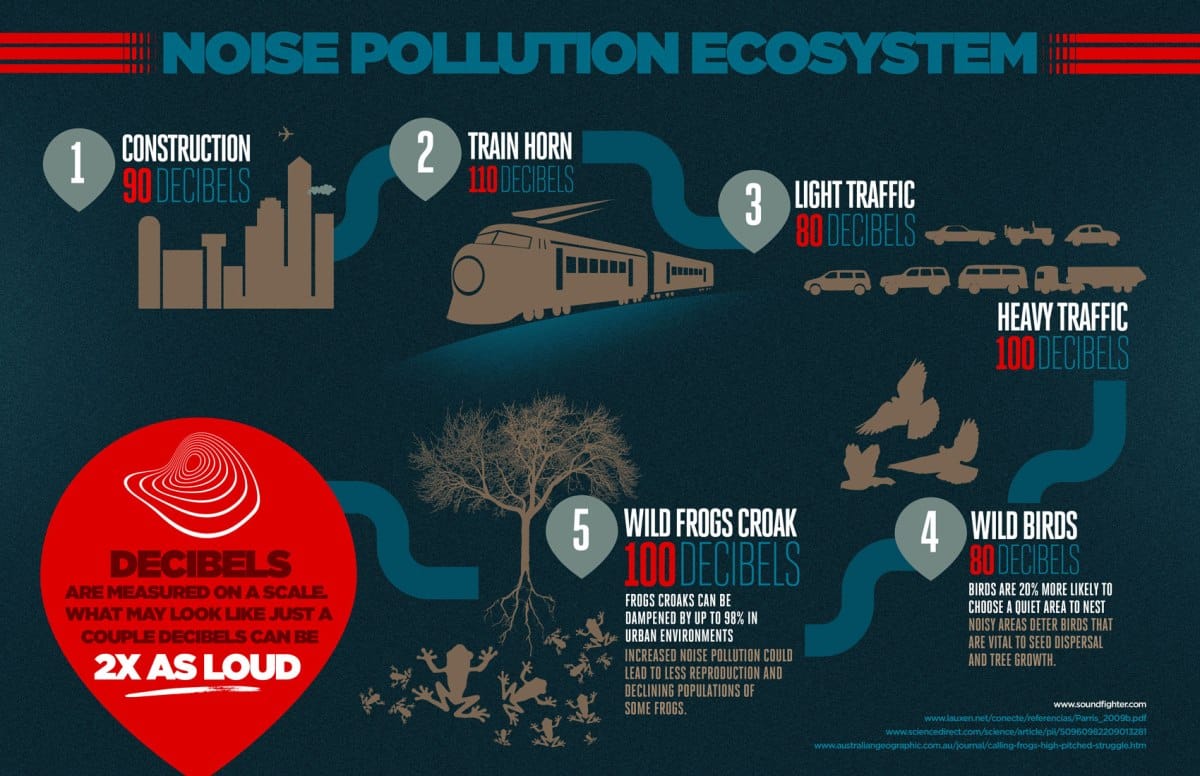

Noise & Vibration Study
We work with planners, developers, builders etc. and we understand how noise and vibration approvals fit into the planning and development process. During this for a new sensitive land use, such as a residential sub-division or a high-rise residential building, may require a noise and vibration impact study, if the development is close to a major traffic roadway or an industry.
Acoustics is an extremely diverse field, which directly influences quality of life. AKINCO works in multiple areas of acoustics, which encompass work across many business sectors, such as:
- Architectural Acoustical Design – Building Services Noise and Vibration Control
- Industrial Facility Noise and Vibration Assessments and Noise Control Design
- Structural Dynamics Investigations and Mitigation
- Oil Refinery & Gas Plant Noise Assessments and Mitigation (Upstream, Midstream, Downstream)
- Construction Noise and Vibration Impact Asses sments
- Power Plant, Electrical Distribution and Wind Farm Computer Noise Modeling
Our team offers advice on mitigating measures to balance potential environmental issues with the need for development. AKINCO also undertakes design and implementation of noise monitoring schemes to verify site compliance We investigate and mitigate noise control problems wherever they impinge on standards or expectations — in and around buildings, communities or industrial zones. We use the science of acoustics to assess and then optimize the sound characteristics of enclosed spaces where we gather to live, work, learn, play or pray. We act to identify, analyze and isolate vibration problems that impact on the comfort, safety or performance of people, structures and equipment.
Architectural Acoustics
Using past experience and results from testing and calculations, the consultant can provide solutions that address sound propagation, speech intelligibility and the enhancement of music, and provide options to mitigate noise within the built environment. The consultant can review plans for new facilities in order to make recommendations on space planning, room shaping, finish selections, construction methods, etc. The consultant can perform tests within an existing facility to assess the acoustic environment and make recommendations as to how to mitigate concerns. Common issues addressed in architectural acoustics:
- Room Acoustics
- Reflections
- Reverberation
- Absorption
- Noise Control
- Sound Transmission
- Background Noise Level
Environmental Noise Control
Environmental acoustics primarily addresses outdoor noise and vibration concerns. Consultants can perform tests and calculations to determine the impact of a noise source on the environment and then recommend options to mitigate the noise. The mitigation of noise may be addressed at the source of the noise, or in some cases it will be addressed at the receiver. Examples of common environmental noise sources are: traffic noise from automobiles, airplanes and trains, and noise from industrial and entertainment facilities. The consultant’s services can include:
- Noise level testing
- Noise Impact Studies
- Site Analysis
- Noise Barrier Specifications
- Construction Specifications
Industrial Noise Control
Consultants specializing in industrial noise control typically deal with noise and vibration generated by industrial equipment and machines, and how to control this noise in order to protect industrial workers. The consultant can determine the level of noise exposure and the impact it could have on hearing conservation through testing methods and calculations. Consultants can advise in the selection and/or installation of new equipment or can offer suggestions as to how to mitigate existing noise or reduce noise exposure. Common industrial noise control options include:
- Equipment Specifications
- Enclosures
- Isolation methods
Mechanical Noise and Vibration Control
Mechanical equipment is a common source of noise and vibration. Typically mechanical acoustics addresses noise and vibration from building systems, especially HVAC. Consultants can review proposed ducting plans, unit specifications and unit locations to determine any potential noise concerns. Consultants can also test existing systems for compliance with acceptable noise levels and make recommendations as to how to mitigate noise and vibration concerns. Common concerns that should be addressed include:
- Background Noise/Noise Criteria
- Equipment specification, location, and installation
- Sound Transmission
- Vibration Isolation





